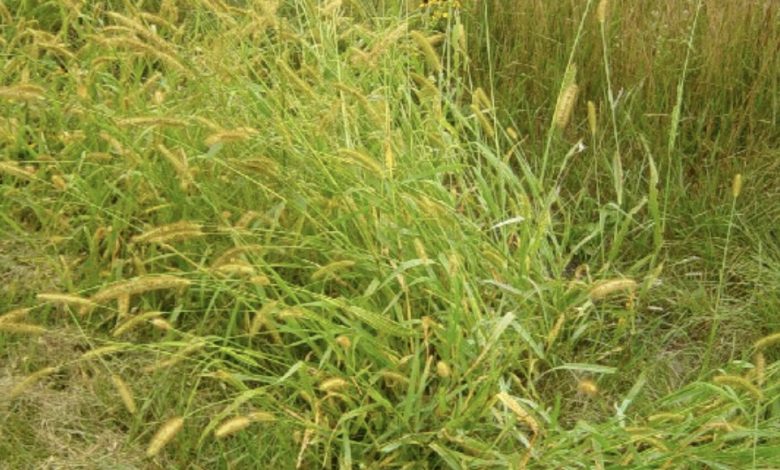Grass microfossils

Before 2005, fossil findings indicated that grasses evolved around 55 million years ago. Findings of grass-like phytoliths in Cretaceous dinosaur coprolites from the latest Cretaceous (Maastrichtian) aged Lameta Formation of India have pushed this date back to 66 million years ago.[11][12] In 2011, revised dating of the origins of the rice tribe Oryzeae due to findings from the same deposit suggested a date as early as 107 to 129 Mya.[13]
Wu, You & Li (2018) described grass microfossils extracted from a specimen of the hadrosauroid dinosaur Equijubus normani from the Early Cretaceous (Albian) Zhonggou Formation (China), which were found to belong to primitive lineages within Poaceae, similar in position to the Anomochlooideae. The authors noted that India became separated from Antarctica, and therefore also all other continents, approximately at the beginning of late Aptian, so the presence of grasses in both India and China during the Cretaceous indicates that the ancestor of Indian grasses must have existed before late Aptian. Wu, You & Li considered the Barremian origin for grasses to be probable.[1]
The relationships among the three subfamilies Bambusoideae, Oryzoideae and Pooideae in the BOP clade have been resolved: Bambusoideae and Pooideae are more closely related to each other than to Oryzoideae.[14] This separation occurred within the relatively short time span of about 4 million years.
